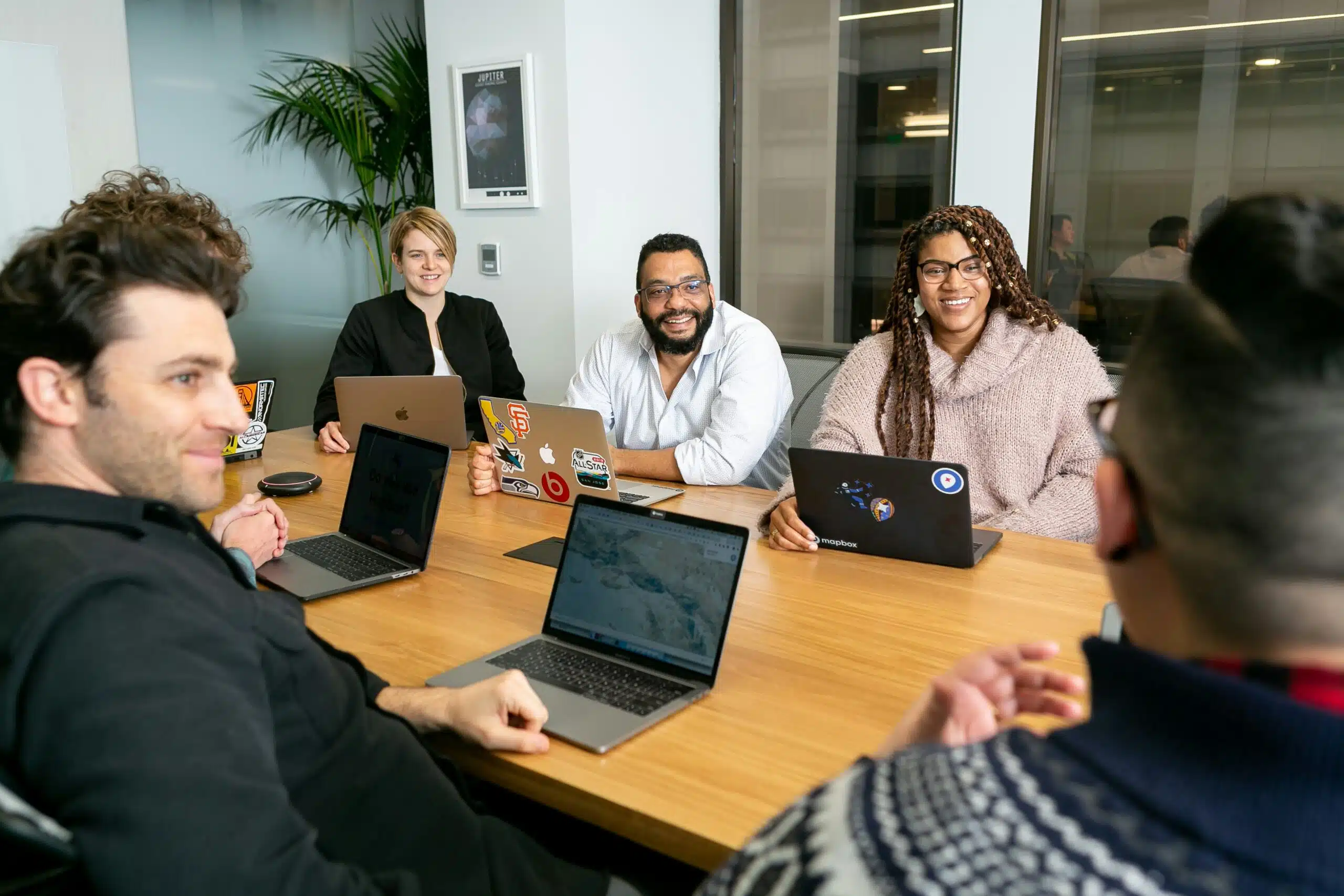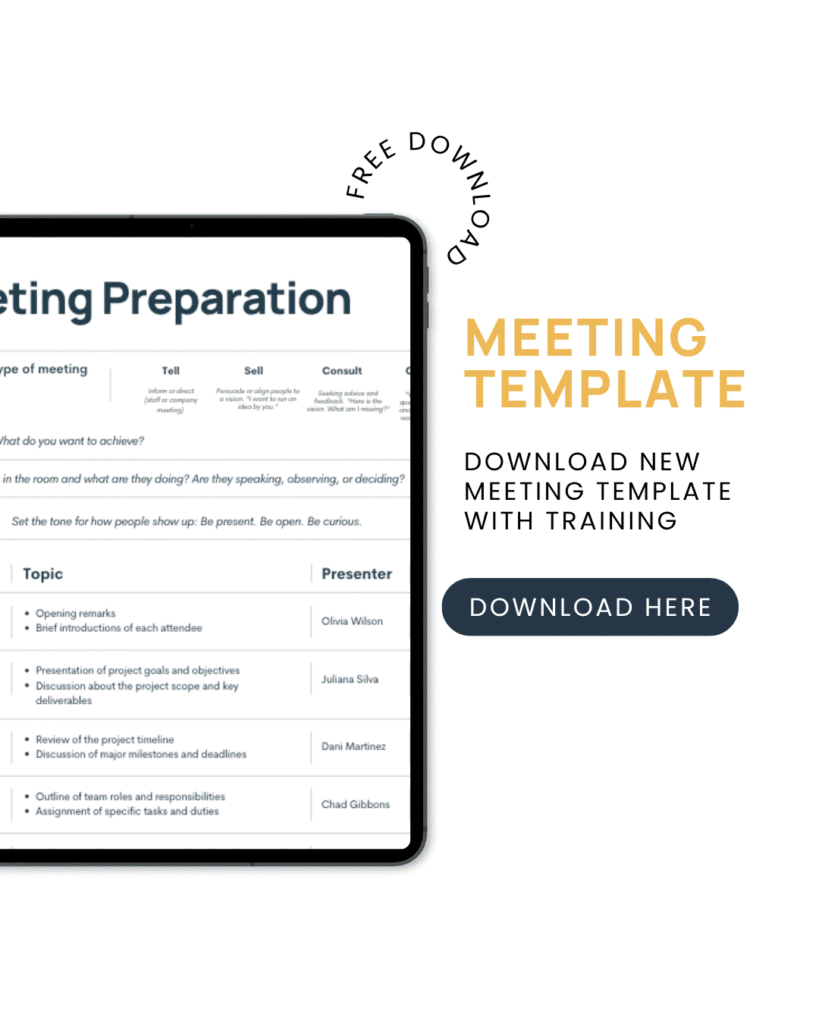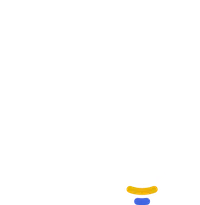
Why Do We Keep Meeting Like This? How to Model and Run Productive Meetings
When I walk out of a great meeting, I feel clear, accomplished, and like I heard everyone’s perspective. We can all tell when a company meeting goes well. Poorly run meetings with vague goals and no preparation are so common, attending a meeting that engages all participants and accomplishes its stated objectives can feel a bit like luck.
It’s anything but.
There are many reasons, despite what may be the best intentions of the person calling a meeting, why it goes sideways. We all can feel it when this happens. But many times, we don’t know why.
According to recent research, 70% of meetings prevent employees from completing their assigned work. Because they can be massive time sucks, meetings need to count if we’re going to put our work on hold to attend them. Companies rarely teach efficient meeting skills, and it’s costing us. This especially applies to HR professionals, who are in a unique position to model how to hold productive meetings, whether they are running or facilitating them.
Planning Is Key
Many of us schedule time to talk through a challenge or project without first defining for attendees the type of meeting we expect to have. When you don’t clarify to participants the objective of your meeting, what you want to address, or what you hope they’ll contribute, you create confusion. Do you want to brainstorm? Get help making a decision? Obtain buy-in for a project? If you don’t reiterate your objective, everyone will show up with different expectations, leading to frustration, shutdowns, and wasted time.
According to Brian Tarallo, founder of Lizard Brain and organizational development consultant specializing in how to have better meetings, providing the framework for a meeting can help others engage appropriately and aid in accomplishing your objective.
Best Practices
Say you’re leading a meeting to determine how your organization should approach company AI policies. A brainstorming or collaborative meeting on that topic shouldn’t just help surface ideas—it should build buy-in through participation. To get the most out of such meetings, you shouldn’t just guide the discussion—you should work to build relationships through it.
Facilitation done well creates clarity, drives results, and builds trust. Adopting simple strategies, such as taking ten seconds at the start of the meeting to frame your expectations up front regarding what you want to accomplish and what you expect from attendees will go a long way toward building your credibility and influence on the team. Some other proven strategies include:
1. Define the meeting.
When you don’t explain to meeting attendees beforehand why you are meeting at all, what you want to accomplish, and the type of interaction you’d like to have, chaos can result.
According to Tarallo, there are four reasons for holding meetings:
1. Tell: to inform or direct (e.g., staff meetings or company announcements).
2. Sell: To persuade or align people with a common vision. “Love to set up a time to hear the pitch!”
3. Consult: To seek advice and feedback. “Here is the vision, what am I missing?”
4. Co-create: To solicit ideas, questions, decisions, action, and motivate people to carry them out. “Let’s all get together to brainstorm and tackle it together.”
The fastest way to erode trust is to ask your attendees to co-create and then tell them what to do. You need to define whether it’s going to be an ideation session or town hall. If its aim is to tell, be explicit. Be clear what attendees’ jobs are and if you want them to take action.
2. Create a framework.
Once you have defined what you want a meeting to accomplish, provide a framework for how to do so.
Grove Consultants International, which advises companies on change, strategy, and performance, say good meetings define for attendees the following (OARR):
- Outcome: What do you want to achieve?
(This should show up in the calendar invite, first slide, or even written on a flipchart in the conference room.)
- Agenda: What’s the flow? (Establish start times, end times, sequence, and timing.)
- Roles: Who’s in the room and what are they doing? Are they speaking, observing, deciding?
- Ground Rules: Set the tone for how people show up. Keep it to three rules.(Example: Be present. Be open. Be curious.)
If your weekly stand-up meeting is falling flat, you can frame a meeting using OARR in under 30 seconds by instructing attendees, “We’re going to go around and hear from all department heads. In two minutes, tell us the outcomes you expect, your blockers, and what you need from the team.”
That simple reframe can turn a flat update into an engaged problem-solving session.
3. Don’t let people default to their titles.
Without alternate instruction, employees generally default to what they perceive their “value” to the company to be, typically reflected in their title or area of expertise. A VP might jump in to make all the decisions. An SME might only weigh in on the technical slice. That narrows the conversation.
To foster innovation, help attendees step out of their roles. Tarallo recommends outlining the three phases of a meeting: opening, refining, and closing. He assures everyone that they will have a chance to contribute based on which phase of the process they identify with.
- Openers generate new ideas.
- Refiners ask tough questions.
- Closers drive action and outcomes.
4. Ask yourself: Should it even be a meeting?
This part is important.
During Tarallo’s webinar, an HR leader admitted, “Our staff meeting is the worst.”
Tarallo asked the obvious but powerful question: Does it need to be a meeting?
If people don’t read their emails, you don’t have a meeting problem—you have a content delivery problem. Don’t default to a meeting just because “we’ve always had one.” Revisit the why and how you can get the most out of it by giving it structure.
Meetings Are Small Moments of Big Influence
Here’s the bottom line: meetings called by HR or attended by staff are where HR has the power to yield influence—especially when their interactions with staff are otherwise limited. The impact of a meeting can be long-lasting. They can do real damage or build real trust. A poorly run meeting can damage a team dynamic. A great one can leave people inspired, aligned, and ready to act.
When HR facilitates meetings, we can build relationships, help teams gain clarity, and model how to include all voices. When we facilitate well, we help others make better decisions faster, which makes a significant contribution to the team.
The good news? You don’t need a total overhaul to get there. You need clarity, intention, and a few simple tools like framing.
When people walk out of your meeting saying, “That was the best use of my time today,” you’ll know it wasn’t luck—it was leadership.
—
The information contained in this site is provided for informational purposes only, and should not be construed as legal advice on any subject matter.

Advice in Your Inbox
Join our newsletter for free bi-monthly toolkits and downloads on how to hire, support, and retain your best talent.







